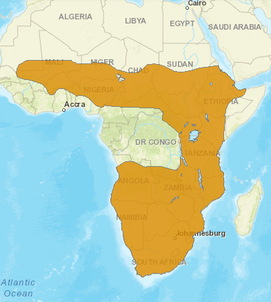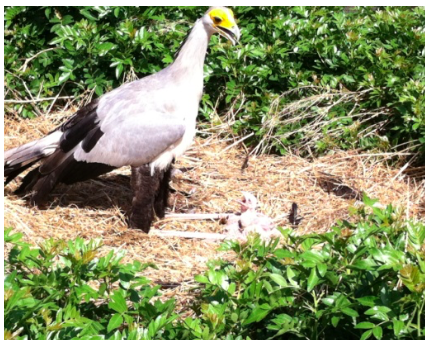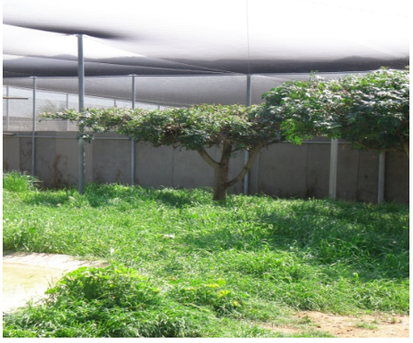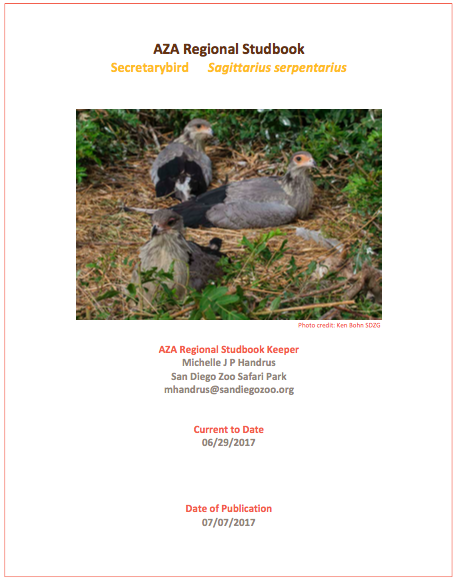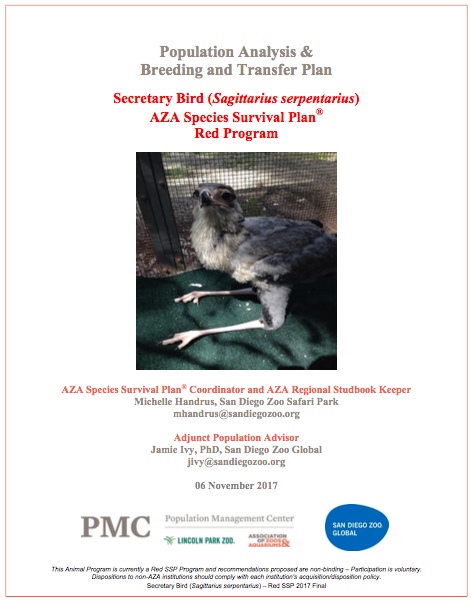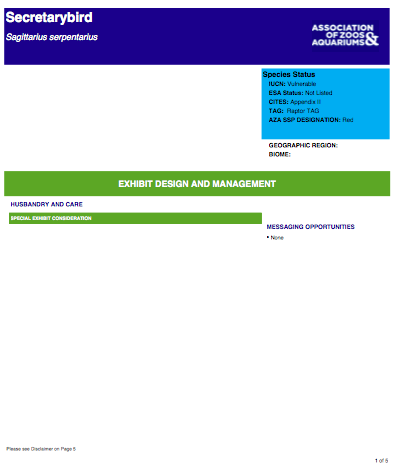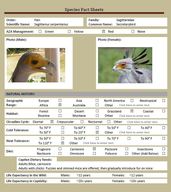-
Natural History
-
SSP
<
>
|
Natural History
Habitat: Grassland
Circadian Cycle: Diurnal Status in the wild: CITES II, Vulnerable Major threats: Afforestation of grasslands and intensive land use Life expectancy in wild: ~ 12 years Life expectancy in captivity: ~18 years Social structure in wild: Mate for life, not gregarious Social structure in captivity: same Diet: Carnivore |
Habitat (from IUCN Red List)
The species inhabits grasslands, ranging from open plains to lightly wooded savanna, but is also found in agricultural areas and sub-desert (Ferguson-Lees and Christie 2001), with up to 50% of recorded individuals in the Fynbos biome in winter being found in transformed environments (Hofmeyr et al. 2014). It ranges from sea-level to 3,000 m. Juveniles can move a long way after leaving their nest site, but will return to their natal area (Retief and Smit-Robinson 2014). A variety of prey is consumed, primarily insects and rodents, but also other mammals, lizards, snakes, eggs, young birds and amphibians. Breeding occurs throughout the year and the species typically nests in a flat-topped Acacia or other thorny tree, where it constructs a flattened stick structure (Ferguson-Lees and Christie 2001).
The species inhabits grasslands, ranging from open plains to lightly wooded savanna, but is also found in agricultural areas and sub-desert (Ferguson-Lees and Christie 2001), with up to 50% of recorded individuals in the Fynbos biome in winter being found in transformed environments (Hofmeyr et al. 2014). It ranges from sea-level to 3,000 m. Juveniles can move a long way after leaving their nest site, but will return to their natal area (Retief and Smit-Robinson 2014). A variety of prey is consumed, primarily insects and rodents, but also other mammals, lizards, snakes, eggs, young birds and amphibians. Breeding occurs throughout the year and the species typically nests in a flat-topped Acacia or other thorny tree, where it constructs a flattened stick structure (Ferguson-Lees and Christie 2001).
Breeding and Reproduction
Parental care: male and female
Clutch size: 2-(4)
Incubation period: 42-44 (-46)days laid 2-4 days apart, and incubation starts with the first egg Fledgling Period: Wild: ~65-106 days Captive: ~87 days earlier with larger clutches
Chick Development: Chicks are altricial are cared for by both parents. Food is brought to the nest 3-5 times a day and regurgitated into the bottom of the nest. During the first few weeks little water is brought to the nest, and dribbled into the chicks mouth, but after a few weeks as food sizes increase more water is brought up to the nest.
Parental care: male and female
Clutch size: 2-(4)
Incubation period: 42-44 (-46)days laid 2-4 days apart, and incubation starts with the first egg Fledgling Period: Wild: ~65-106 days Captive: ~87 days earlier with larger clutches
Chick Development: Chicks are altricial are cared for by both parents. Food is brought to the nest 3-5 times a day and regurgitated into the bottom of the nest. During the first few weeks little water is brought to the nest, and dribbled into the chicks mouth, but after a few weeks as food sizes increase more water is brought up to the nest.
Threats and Conservation Status
Although the species may benefit from deforestation, such positive effects may be outweighed by the negative impacts of spreading cultivation and urbanisation (Ferguson-Lees and Christie 2001). The excessive burning of grasslands may suppress populations of prey species, whilst the intensive grazing of livestock is also probably degrading otherwise suitable habitat (Baker et al. 2011). Disturbance by humans, probably most often herders, is likely to negatively affect breeding. The species is captured and traded in apparently small numbers; however, it is unknown how many die in captivity and transit. Direct hunting and nest-raiding for other uses and indiscriminate poisoning at waterholes are also potential threats. These human-induced threats may compound the effects of severe droughts in some areas (Baker et al. 2011).
Although the species may benefit from deforestation, such positive effects may be outweighed by the negative impacts of spreading cultivation and urbanisation (Ferguson-Lees and Christie 2001). The excessive burning of grasslands may suppress populations of prey species, whilst the intensive grazing of livestock is also probably degrading otherwise suitable habitat (Baker et al. 2011). Disturbance by humans, probably most often herders, is likely to negatively affect breeding. The species is captured and traded in apparently small numbers; however, it is unknown how many die in captivity and transit. Direct hunting and nest-raiding for other uses and indiscriminate poisoning at waterholes are also potential threats. These human-induced threats may compound the effects of severe droughts in some areas (Baker et al. 2011).
|
Date of Last PVA/B&T Plan
11/6/2017 Current Population Size (N) 28 (13.15.0) Current Number of Participating AZA Member Institutions 12 Projected % GD at 100 years or 10 generations** 44% |
|
|
|
|
|
| ||||||||
Officers
|
Name
|
Organization
|
Position
|
|
San Diego Zoo Safari Park
|
SSP Program Leader & Studbook
|
|
Brandywine Zoo
|
Education Advisor
|

